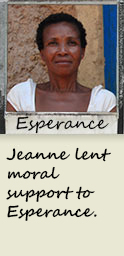











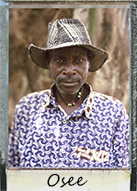
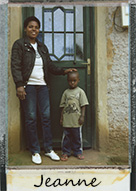
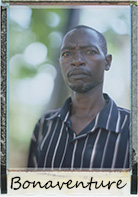
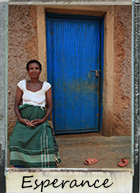
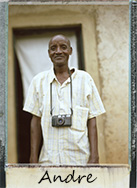
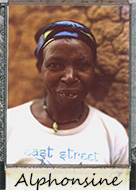
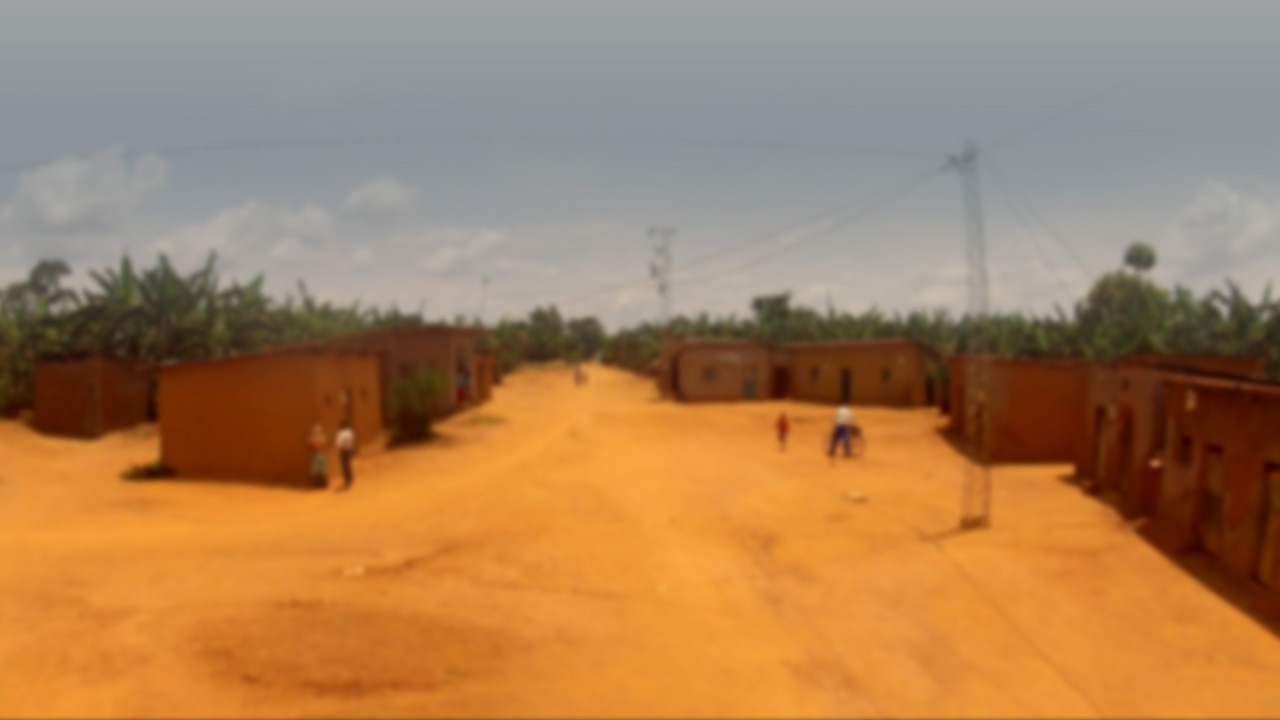











| Interacting through photographic portraits |
 |
| Nowadays in Rwanda, it's very difficult to openly discuss certain matters. Referring to any type of ethnic identity can lead to jail, as can criticising the government's development policies. Rwandans are also shy about publicly expressing personal opinions, which is why the project based itself on individual portraits, taken behind closed doors. In order to break down barriers with witnesses, to make interactions more lively and more intimate, and to focus on each person and their story, regardless of their ethnic or social group, the project used a specific photographic concept. The concept of Polaroid and “unique” photo was made possible thanks to a 1937 camera (Speed Graphic + Aero Ektar lens + Fuji film), with the photo being developed immediately. Two shots were taken each time: one print was given to the person who was photographed, and the other was included in this project. Thus interactions centred around the shots taken by artist and photographer Arno Lafontaine. |




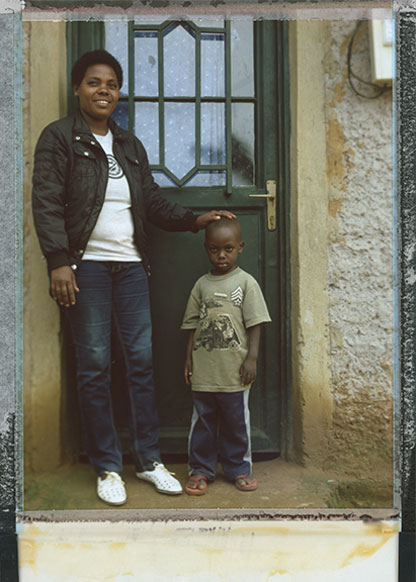
| Jeanne |
| Jeanne, 32, genocide survivor and mother of two. Although traumatised by her family's massacre, she manages better than other survivors. She receives government subsidies, and authorities turn a blind eye to her illegal bar. Jeanne represents the younger generation of genocide survivors, who have built their lives without families around them. |





